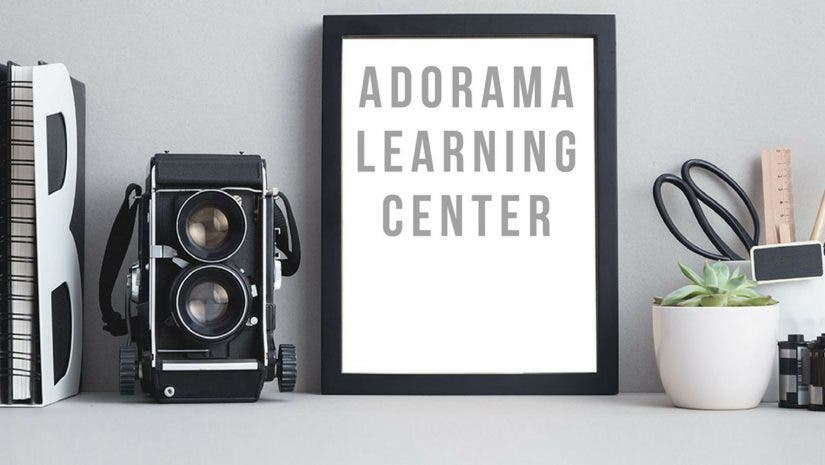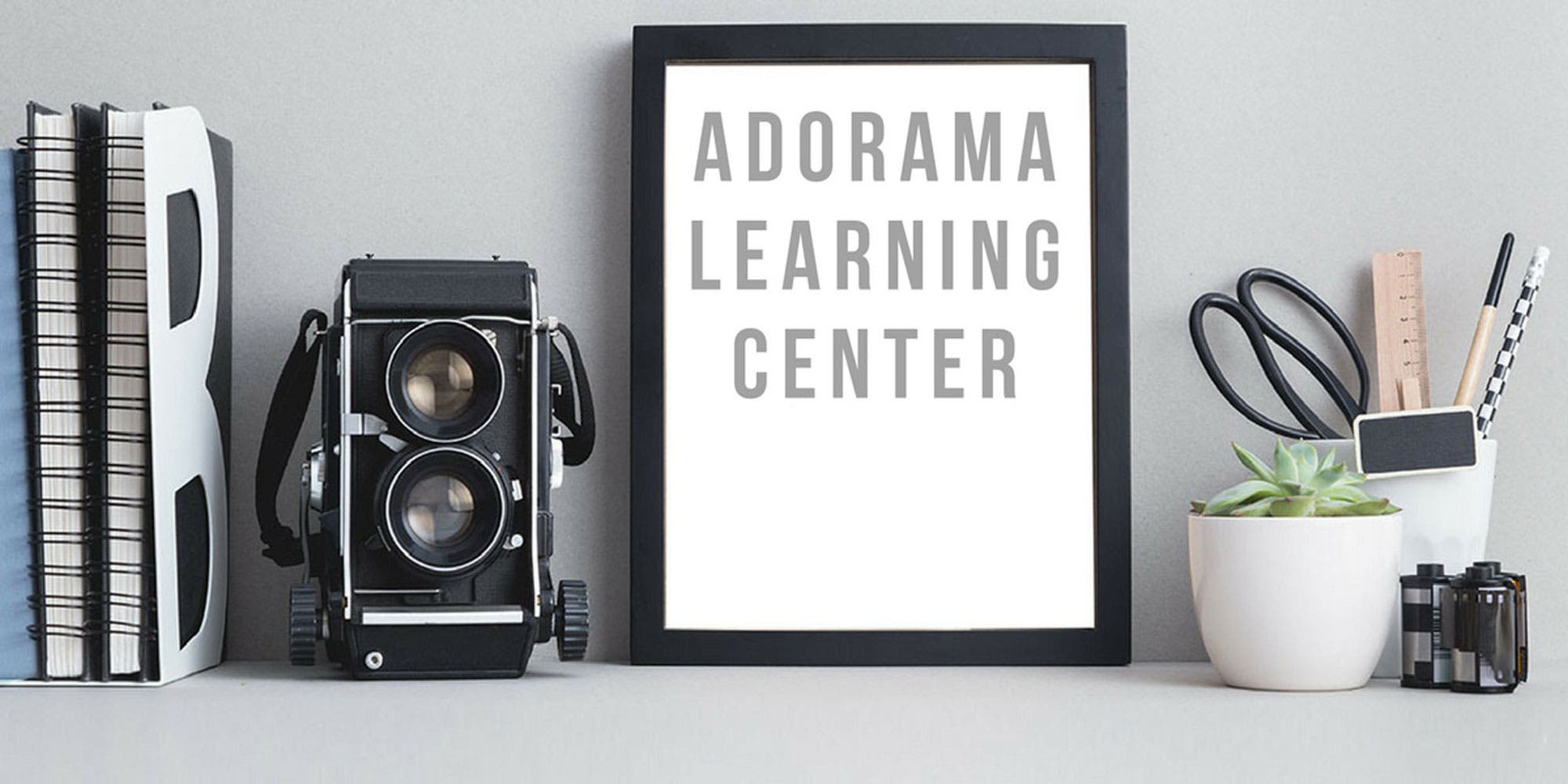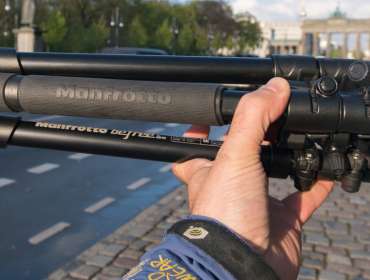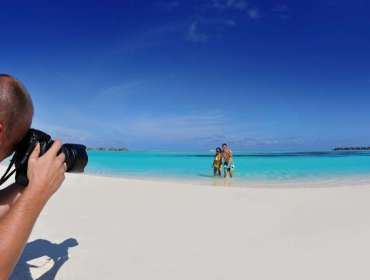Videographers are always looking to better ways to go steady. Newer, smoother pan heads, stabilizers, and specialized tripods can help make their jobs easier…if they are well designed. Tripod makers Sachtler and Vinten have joined forces to invent the Flowtech 75, a new line of tripods that have unique quick-release brakes that let you deploy and adjust your tripod in seconds, and a hinge lock mechanism that lets you shoot from extremely low and high angles. Extensively tested for reliable performance in extreme conditions, and fully compatible with standard video pan heads, the carbon fiber design is said to offer exceptional stability.
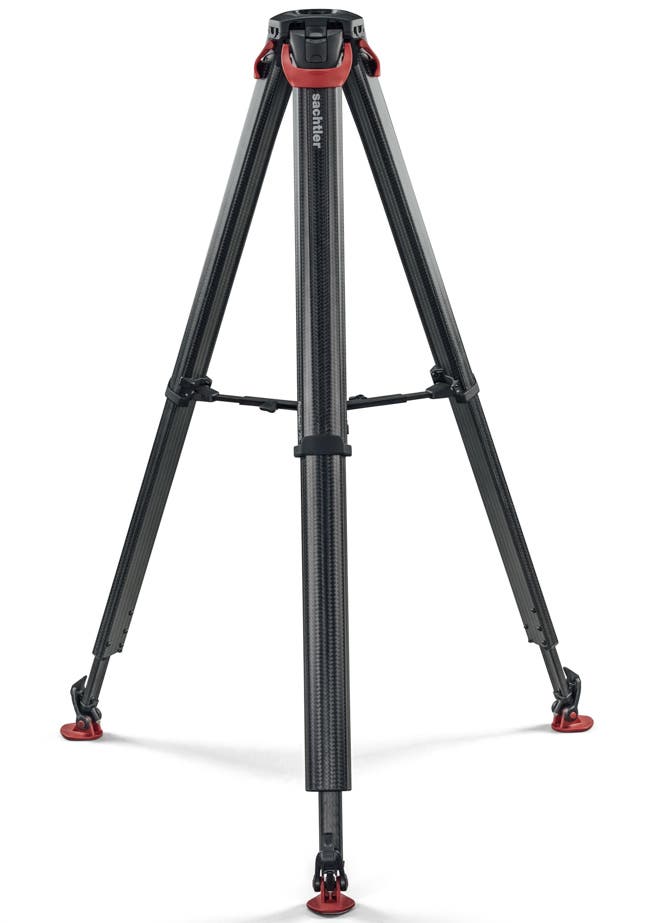
So, we decided to have a little fun: Herewith, a list of 10 places you might not think to bring your tripod. Thanks to the tripod’s new design features, it can be used in places you might not have thought of, and to other more common places where it can be used with greater ease.
In a Tree
Flexible, bendable tripods that can wrap themselves around a tree’s branches and irregular surfaces may provide stability stability in unexpected places for some DSLRs, but they can’t handle a full video rig’s heavier payload. Assuming you’re nimble enough to climb a LARGE tree (don’t do this if you aren’t sure!) and the branches can hold you and a rig, the Flowtech 75’s hinge and break system can work together so the legs can stretch to rest on branches at different distances and levels.
Against a Wall
Yes, this may sound weird. But, sometimes, the best way to get the shot is to have one or two tripod legs on the ground and one against a vertical surface such as a wall or post. Hey, sometimes you just need that placement to get a better angle. Thanks to its lightweight construction and flexible leg spread abilities, the Flowtech 75 is a good choice when you have to set up your tripod in awkward spots.
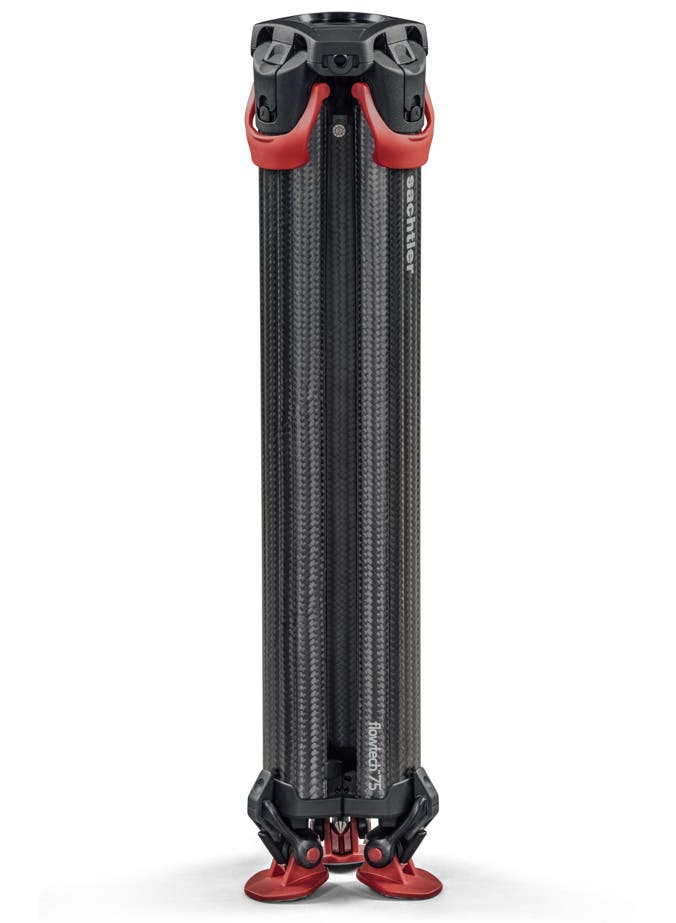
In a Car
Dramatic footage of a car in motion—from inside the car—can be tricky, but it is more realistic than shooting a car in a studio against a blue screen with a moving background added in later. So the big question is, how do you get a video rig on a tripod into a car? It helps to have a tripod that’s flexible, and if you take the spreaders off your Flowtech 75, you have options. You may need to keep the legs together up with the camera leaning against a seat to make this work. Or, you may need to spread the legs out on the floor and seat. The Flowtech quick release tripod breaks let you quickly adjust the tripod to conform to the tight quarters so you can comfortably capture your footage, and the magnetic locking leg base can effectively turn it into a monopod for your joy ride.
In a Body of Water
Sometimes, the best angle of flowing water is the one you get by placing your camera as close to the water surface as possible. However, sludge or sand, and the current itself, can make it difficult to plant a tripod just where you want it. The Flowtech 75 uses a quick-release break system located at the top of each tripod leg that adjusts automatically to the surface it is sitting on, which means you don’t have to bend down into the water to make adjustments. If the water’s low, the hinge-lock mechanism and easily-removable spreader allows users to shoot from a very low angle without the need for a secondary smaller tripod.
In a Cave or Cavern
A tripod seems like an obvious choice when shooting inside a cave. Whether you’re relying on ambient light trickling in from openings to the outside, bringing your own light, or using a combination of both, good tripod is a must. Cave surfaces can vary greatly, so a tripod that is easy to carry and set up and offers a variety of settings is also a requirement. The Flowtech 75 is light and easy to carry comfortably on your shoulder, while the rubber feet, easy-to-remove mid-level spreader, and easy setup make it well suited for efficiently recording stills or video footage in a cave’s challenging environment.
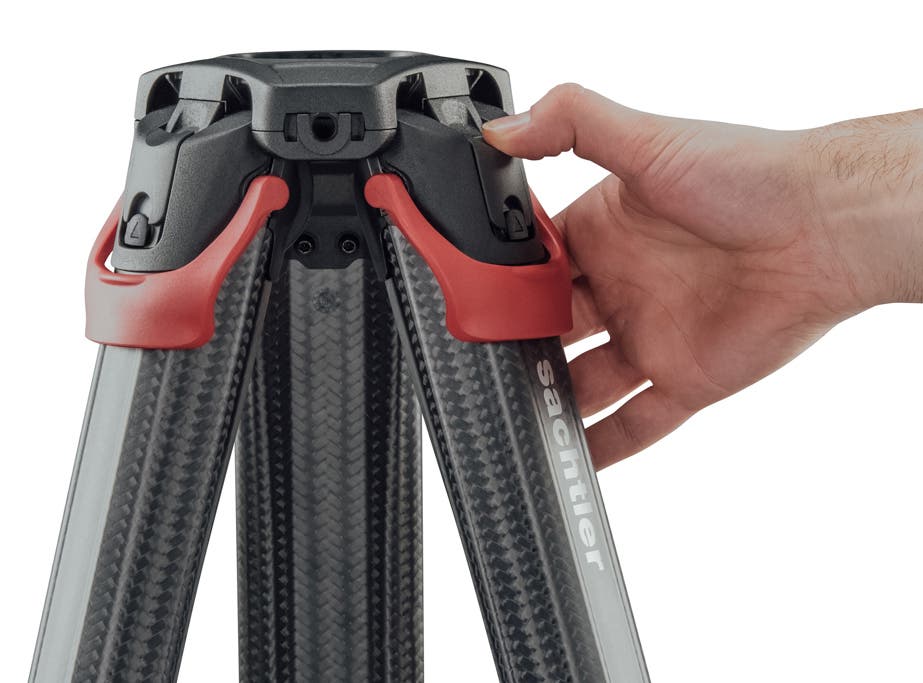
On the Beach
Why would you need a tripod on a beach? After all, beaches are bright places and exposure is typically sufficient for shooting in daylight. However, if you need stability for video capture, a tripod is a must. Placing a tripod in sand poses unique challenges, since sand shifts. If you’re shooting stills, using a nearly opaque filter promotes longer exposures, so you can turn the flowing water into a silky surface. The Flowtech 75 is built to offer a high degree of stability in sand. The feet can be changed easily to better plant the tripod in the sand, and the unique hinge-lock system lets you shoot from as low as 10 inches, as well as from a maximum height of 60 inches, so you can get some cool surf-level points of view.
On a Snow-Covered Mountain
One of the more difficult terrains to navigate with a tripod is one that is covered with snow. Ice patches can lead to slippery situations, and the last thing you want is to be weighted down by a tripod and video rig. A heavy, awkward-to-use tripod can make things that much more difficult, but the Flowtech 75, thanks to its light but rigid carbon fiber construction and its ability to work in extreme temperatures, is a great choice. Its quick-release brakes at the top of the tripod let you quickly deploy the legs, which automatically adjust to uneven surfaces which you may encounter in snow-covered terrain.
On a Roof at Night
Tar beach: If you want a great view of a city’s lights, go up on the roof. A lightweight but sturdy tripod such as the Flowtech 75 is easy to carry up, even if the only access you have to the roof is via a ladder. Magnetic leg locks keep the legs together for easier transportation, and the carbon fiber material is rigid but light. The foot pads that are included protect the roof surface from damage that might occur if using sharp tripod feet. And since setup is easy thanks to the hinge-lock mechanism, you can setup and breakdown your camera quickly.
In the Desert at Night
Astronomy star trails, time-lapse and other long-exposure still and video photography looks great in the desert. That’s because in the desert, you’re far from noise pollution of city lights and can get a much clearer picture of the heavens. And of course, to capture these astronomical wonders, you’ll need a tripod. You may need to hike a bit to get away from the light so a light carbon-fiber tripod is a must.
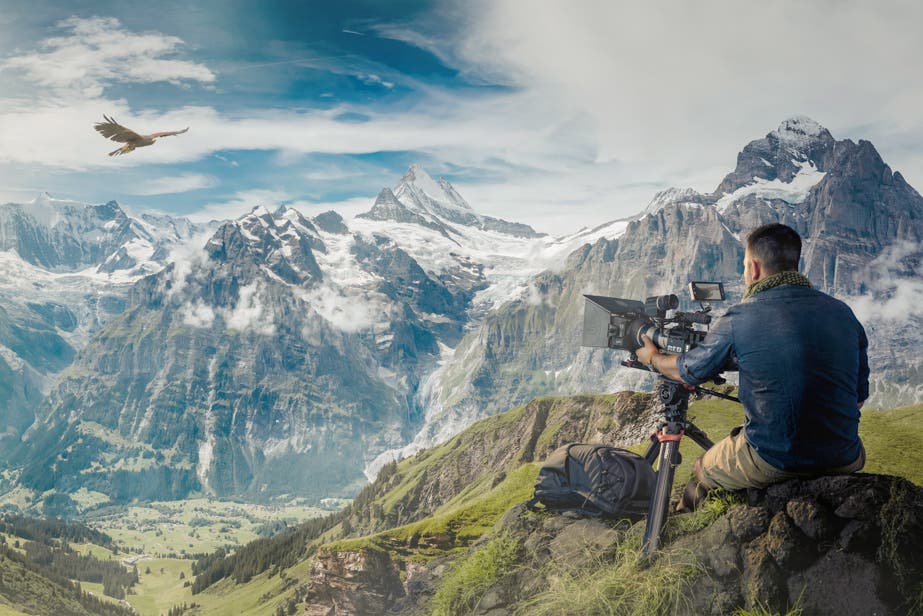
Basically, Anywhere
Whether you’re shooting stunning scenics or run-and-gun reportage video, a lightweight but sturdy tripod that’s easy to set up is essential. Professional cinema and digital video camera operators who do a lot of travel and location work will pay a premium for a tripod that will make their lives easier and help them work more efficiently. The Flowtech 75, which has been called a “game-changer” by news shooters and wedding videographers alike, lets you can a wide variety of shots from many angles using the same tripod. Light and easy to carry, this tripod’s unique quick-release brakes at the top of the tripod legs streamline setup, and can quickly accommodate uneven surfaces.
Flowtech Kits: Pricing and Availability
The Flowtech 75 tripod is available with the Sachtler System ACE XL FT Sideload Fluid Head from Adorama for $1,480.
Other configurations that are available from Adorama are:
- Sachtler System FSB 4 FT Sideload Fluid Head with Flowtech 75 Carbon Fiber Tripod & Mid Level Spreader for
- Sachtler System FSB 6 FT Sideload Fluid Head with Flowtech 75 Carbon Fiber Tripod & Mid Level Spreader for
- Sachtler System FSB 8 FT Sideload Fluid Head with Flowtech 75 Carbon Fiber Tripod & Mid Level Spreader for
- Sachtler System FSB 8 T FT Touch&Go Fluid Head with Flowtech 75 Carbon Fiber Tripod & Mid Level Spreader for
- Vinten System Vision blue3 FT MS for
